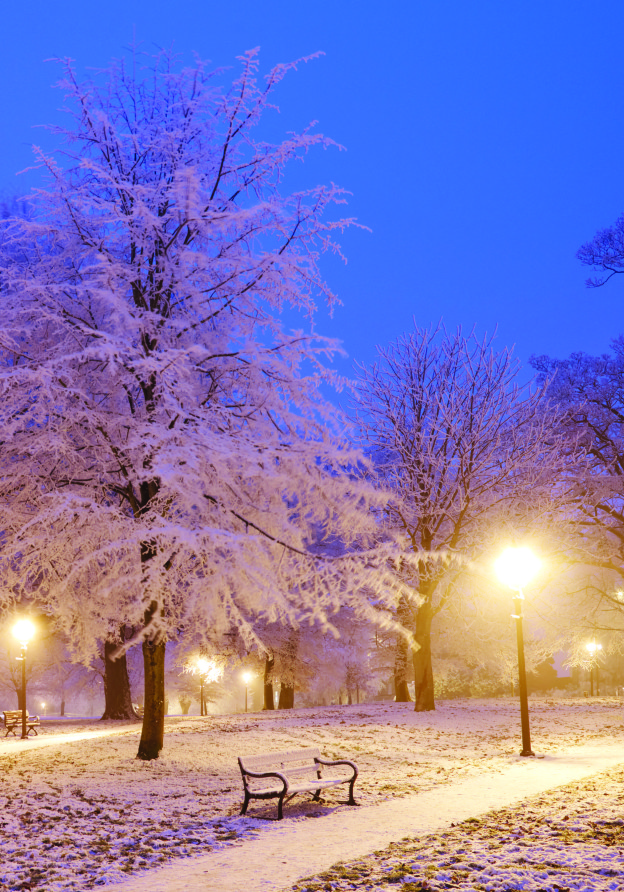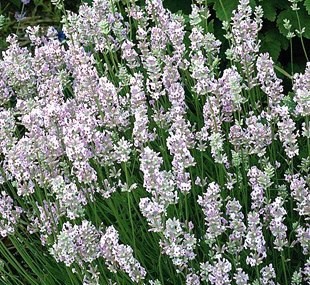A good hedge is an invaluable addition to any garden. From the outside, it delineates and disguises boundaries, creating structure in a space. Up close (and there’s no better way to get a close-up view than by learning the ancient art of hedge laying) it reveals shady spots on the ground and well concealed areas… Continue reading The Best Plants for a Wildlife Hedge
Category: Hedges
Bring on the blossom
Every year the anticipation mounts. I look out of my bedroom window at the ornamental plum tree on the street, scouring its deep claret branches for signs that the colour is changing, life stirring within. Subtly, from a solid winter opacity to something with just a hint of deepest rose. Sometimes I think I see… Continue reading Bring on the blossom
Using Copper foliage in the garden
And why it is it copper anyway? Contemporary gardeners often use dark colours…look how the ‘Queen of the Night’ tulip has become ubiquitous, and the black grass Ophiopogon planiscarpens nigrescens pops up in urn plantings or as a contrast to pale paving. There is something fascinating about the pool of shade that sombre colours cast… Continue reading Using Copper foliage in the garden
Copper Beech – a hedge for all seasons
Copper beech is one of the most elegant hedges available to the British gardener. It has all the qualities of green beech hedging; it grows almost anywhere where there are reasonable light levels and where the ground is not waterlogged. Beech is a true British native and as such it is happy growing across the… Continue reading Copper Beech – a hedge for all seasons
Cornus sanguinea Midwinter Fire
Dogwoods, members of the Cornus family, are often the unsung heroes of the winter garden. Although there are exceptions, in summer they tend to be unremarkable. This is because they are covered in foliage when daylight hours are longer and their crowning glory is their bark which can only be seen when the leaves… Continue reading Cornus sanguinea Midwinter Fire
Living sculpture: Topiary plants a little less ordinary
Shrubs trained as topiary are at home in any garden. From a cottage setting where intriguing forms nestle casually between flowers and vegetables, to a much grander scheme where repetitive shapes are rigid and regimented, topiary can be both charming and formal. And let’s not forget that when you trim your humble garden hedge, you’re… Continue reading Living sculpture: Topiary plants a little less ordinary
Choosing and planting potted hedging
Container-grown hedging plants are perfect for planting all year round. Generally speaking, hedging is put in the ground over winter, using young bareroot plants when they are dormant. However, some circumstances call for a more instant, mature hedge – which is where container-grown (or potted) hedging plants play their part. Why choose potted hedging? Among… Continue reading Choosing and planting potted hedging
Freezing weather & bareroot plants
Most of the damage caused to bareroot plants in cold, freezing conditions is to the delicate roots themselves. The roots are fine, fibrous structures with a high water content: moving them, or even the slightest touch whilst frozen, can cause damage. Almost all of a shrub or a tree’s energy reserves are stored in the… Continue reading Freezing weather & bareroot plants
Trim Lavender Around Late February
This post is a bit late for getting in a February trim, but since the weather hasn’t been great this year we think your Lavender deserves a bit of a rest first (phew, I got away with that one!). Our school of thought on Lavender clipping is to do it twice a year: A light… Continue reading Trim Lavender Around Late February
A Yew Supplier’s Thoughts for Yew
We say 3 things about Yew – quick growing when young, likes clay on the dry side & is very durable.










